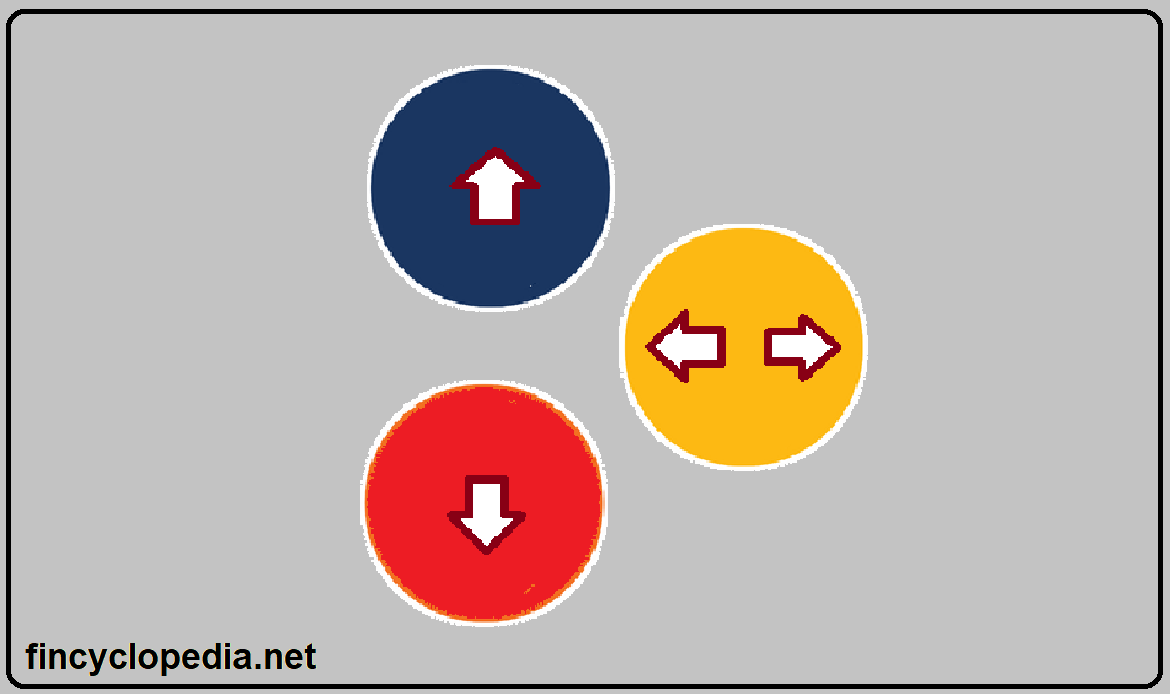Overheads (overhead costs), as a measure of cost, consist of indirect materials, indirect labor costs and indirect expenses which are not directly identifiable or cannot be allocated to a cost object in a systematic manner or an economically feasible way. Overheads are allocated into the cost of a product/ service at a pre-determined rate (that defines the rate of absorption). Examples of overhead costs include office supplies, rent, utilities, insurance, legal fees, advertising, payroll (salaries and wages), and accounting fees (audit costs), etc.
Classified on the basis of behavior (i.e., changeability or variability or reaction to changes in the volume of production), overheads take the following forms: variable overheads, semi-variable overheads and invariable overheads/ fixed overheads.
- Variable overheads: consist of expenses which vary (proportionately or unproportionately) to the change in volume of production (e.g., cost of utilities, supplies, etc.)
- Fixed overheads: consist of expenses that do not change in reaction to the change in volume of production (such as salaries, rent etc.)
- Semi-variable overheads: those expenses that are partially, or to some extent, affected by change in the production volume. Such overheads have to be further classified into variable and fixed overheads, for a a better allocation of expenses.







